Painting vs. Staining Wooden Decks
Of all the structures in the world, the traditional wooden deck may well be my favorite.
I love the feel of solid-wood deck boards under my feet. I love the look of the planks spaced evenly apart and dotted with nails or screws in row after row after row. I even love the way a real wooden deck weathers over time.
Nothing else can match the character and patina of a wooden deck worn down in just the right places from years of wonderful outdoor living.
But with all that solid-wood awesomeness comes the requisite care and maintenance. Unlike some alternatives, such as concrete, brick pavers, or synthetic deck boards, a real wooden deck requires a little bit of love from time to time.
One of the most important maintenance choices you can make for your deck is whether to apply a finish coat of some sort and if so, what to use. Should you paint it? Should you stain it? Should you just leave it au naturel?
Let’s go over the pros and cons of each.
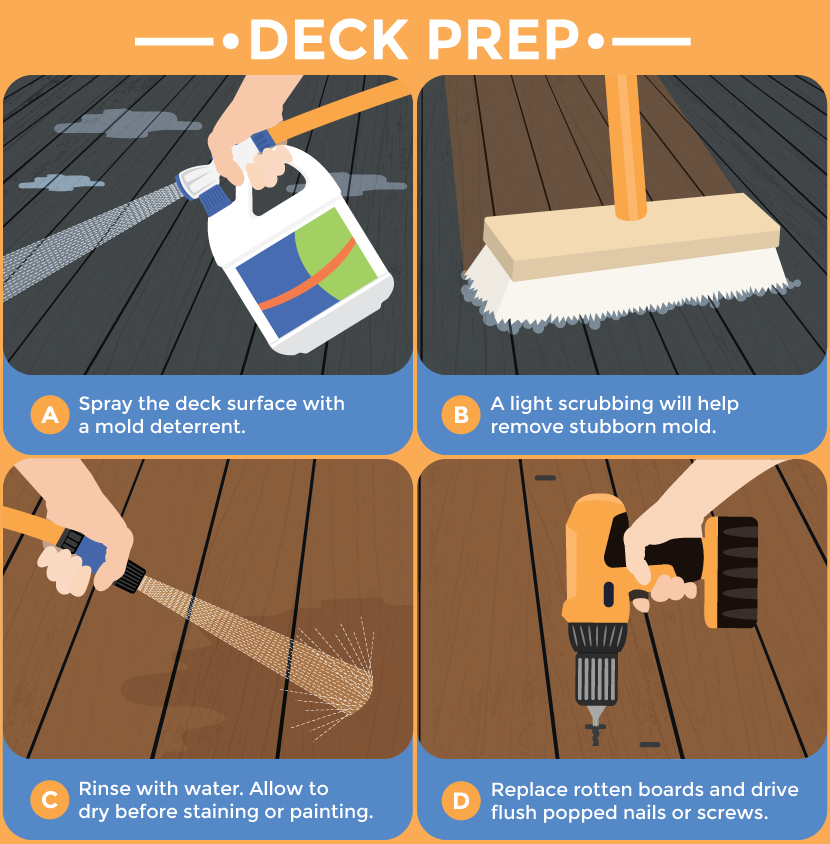
Leaving the Wood Unfinished
Depending on the type of wood you build your deck out of and where you live, leaving the deck completely unfinished could be an option.
But for most people, it’s not the best choice because the elements eventually wreak havoc on even the toughest of woods.
With the exception of some extremely hard tropical hardwoods, you should almost always apply some sort of finish to your deck if you want it to last outside.
Skipping the finish coat will usually lead to the wood cracking, splitting, warping, and even rotting before it should, requiring lots of time and money to make repairs.
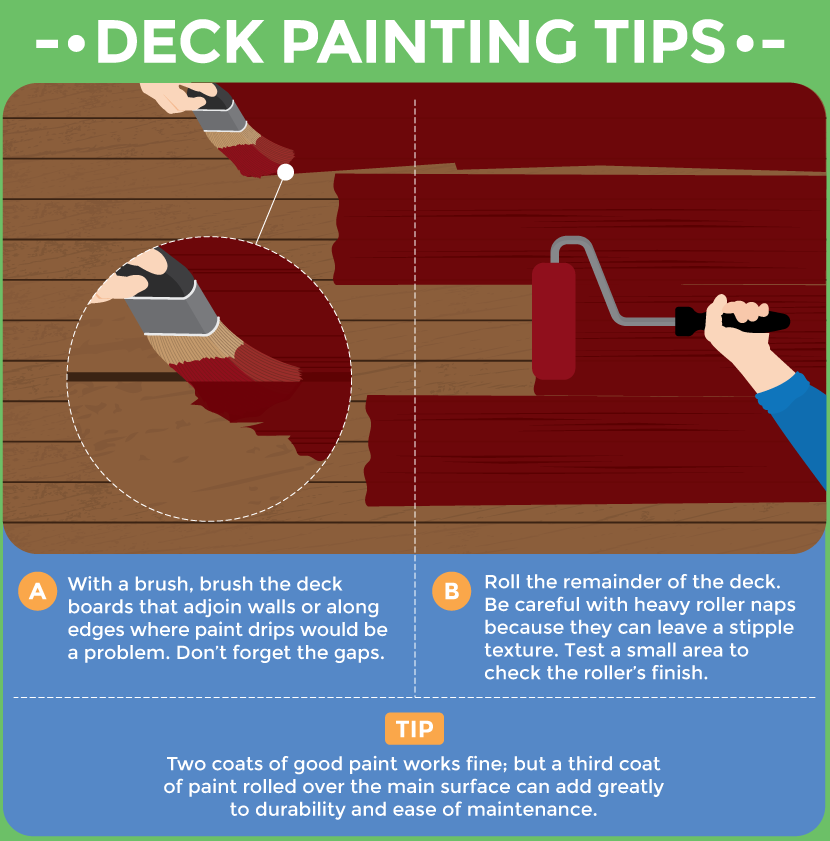
Finishing Your Deck with Paint
Painting your wood deck can be a great choice. Paint has quite a few benefits over the other finish options such as stain or sealer, but it may not be for you if you want a natural looking wood deck.
Here are the pros and cons of painting your outside deck:
- Painting allows you to use any color you want. Because paint is solid, you can completely cover an old color or the wood itself, which means your options are wide open.
- Paint often fills gaps and cracks. Paint is a thicker finish, so it can often be useful for repairing wood that has already damaged a little by the elements. Some paints are even made just for that purpose.
- Paint might be easier to clean. Depending on the color (I have a white painted deck and it is NOT easy to clean), paint can be easy to clean. If the paint is of good quality and is allowed to cure properly before put into use, it creates a hard shell that dirt usually just washes right off of.
- Paint is more protective of wood. Generally speaking, paint resists rot, mold, and sun damage better than other options. However, other types of high-quality finishes can also do a great job of protecting wood.
Cons of Paint:
- Paint is forever. Once you decide to paint your wood deck, you’ve pretty much decided to always paint your wood deck. While you can go from stain or sealer to paint, you can’t really go back the other way without going to extreme measures.
- Paint is available in any color. While this is also in the “pros” list, it can be a challenge. What looks good on walls and trim doesn’t always look good on a huge surface like a deck. Floor paints used to be limited in color options, but not anymore. More choices means more chances that you’ll be sorry!
- Paint can be slippery when wet. Depending on the sheen of your paint (gloss, semi-gloss, etc.), painted decks are sometimes as slick as ice when wet.
- Paint hides the natural beauty of wood. The biggest drawback is probably that paint hides the wood grain, thereby erasing one of the biggest upside features of a real wood deck.
The alternative to paint is stain or sealer. Let’s take a look at those.
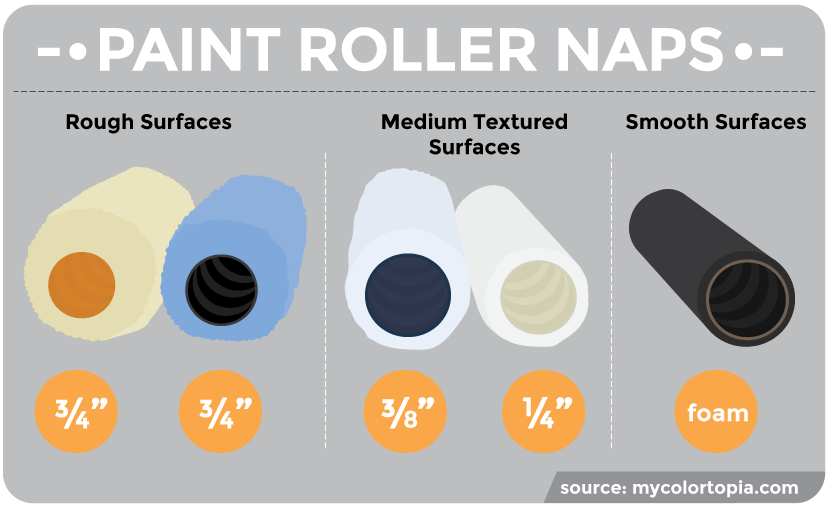
Staining Your Wood Deck
If you decide paint is not for you, you’ll probably look at either semi-transparent stains or a clear sealer for your deck.
This category is very broad, encompassing many different types of finish material, but we can still look at a few of the more general pros and cons.
Pros of Stain
- Stain retains the natural beauty of wood. Stain and sealer let the wood grain show through.
- Stain is less slippery. This is a generality, and some stains can be slick, but for the most part, stains are more of a flat surface that protect the wood without creating a very slippery surface.
- Stain is easier to apply. Stain and sealer are more forgiving. You can miss a spot here and there without it becoming obvious. Paint isn’t as easy to work with.
- Stain comes in many colors. You still have design options with stain, which is available in a large variety of colors. Always test an area with your particular wood, though, because the color of the wood itself will have a big effect on the finished color of the stain.
Cons of Stain
- Stain has a shorter life span than paint. It may not last as long, depending on quality and coats.
- Stain doesn’t fill cracks. It is generally much thinner; therefore, it can’t be used as a repair material to fill cracks, voids, and splinters.
- Stain is more “rustic” looking. For the most part, stain results in a more natural looking finish. So the “pro” that says you can see the grain can also be a “con” if you don’t want to see it. If you want a solid color with very little variation, stain may not be for you. However, darker color stains can be fairly uniform in appearance.
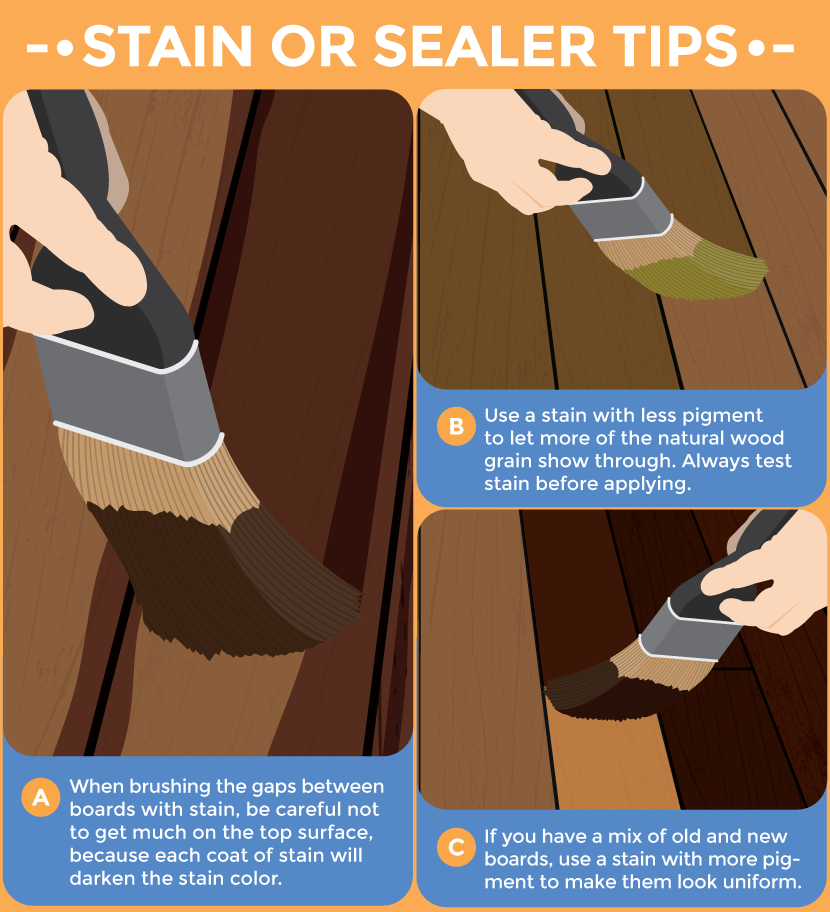
Both Options Offer Protection
Both paint and stain can give you a deck that lasts years longer than it would if left untreated. These materials make the wood less water absorbent, causing the wood to stay dry on the inside.
They also include compounds designed to protect the wood from harmful UV rays, which means less of the awful sun damage that can ruin exposed wood decks.
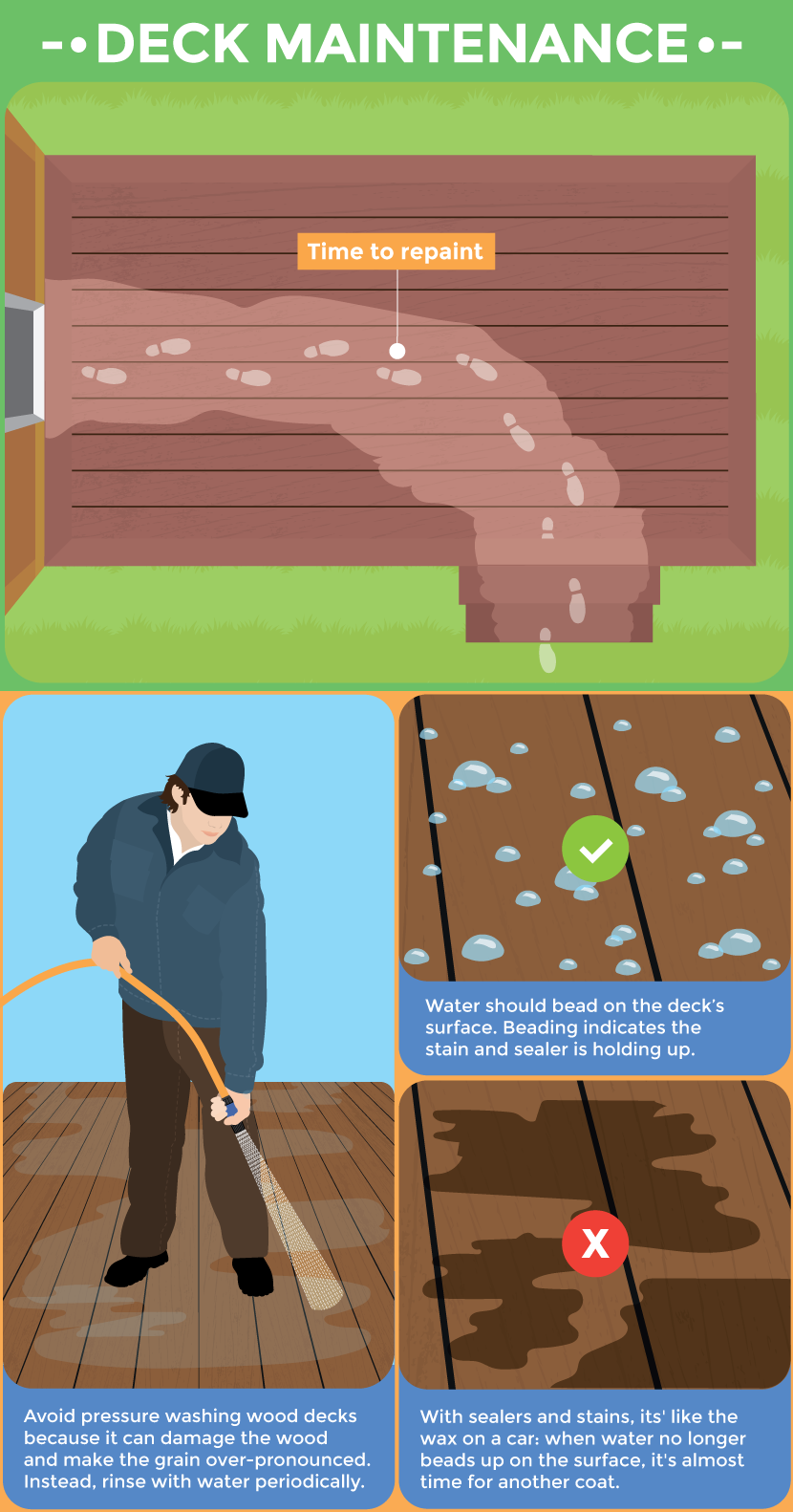
In the end, the little bit of effort required to maintain a wood deck can be well worth it. After all, wood is a natural, renewable resource, and some of the faster growing species, such as Southern Yellow Pine, are very environmentally friendly compared to synthetic materials.
Wood is also beautiful, easier to work with, and easier on the wallet.
But like I said in the opening line, I’m a serious wood deck lover! Maybe I’m biased. That’s okay, everybody has a favorite material. Mine is wood; what’s yours?
Embed the article on your site

